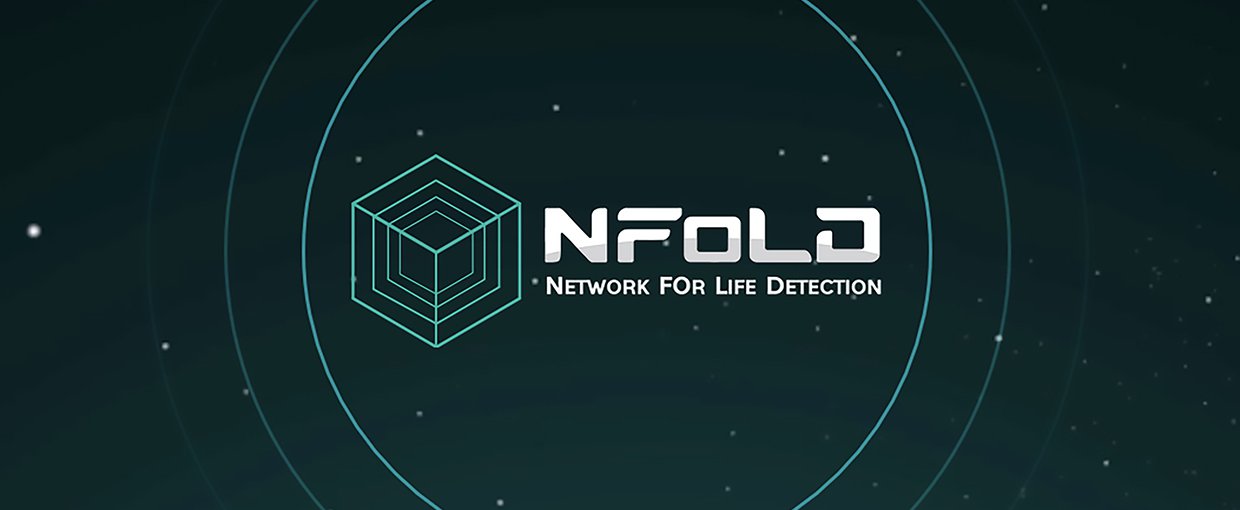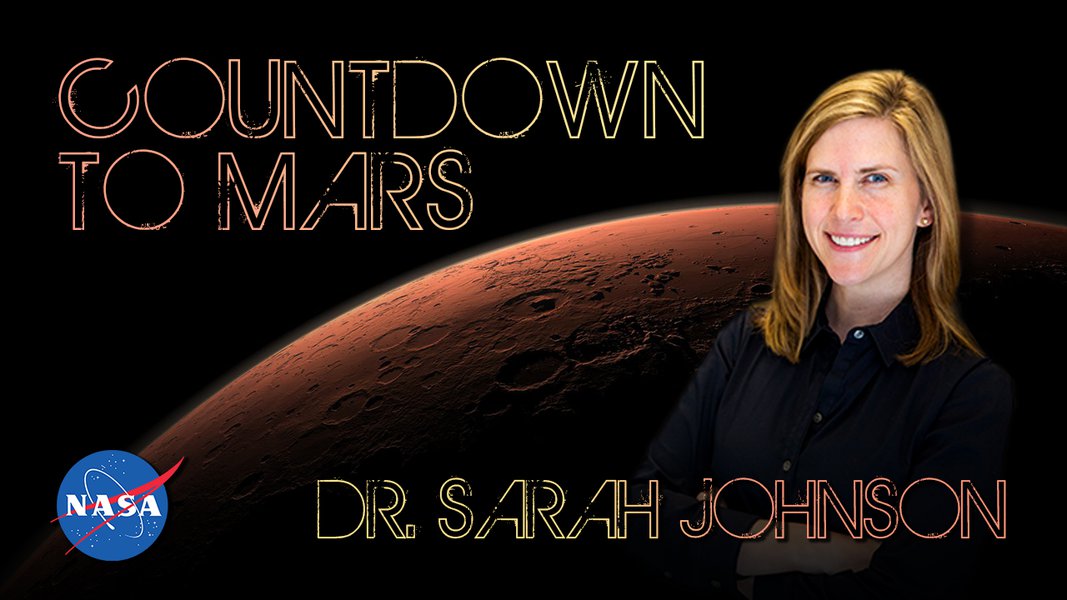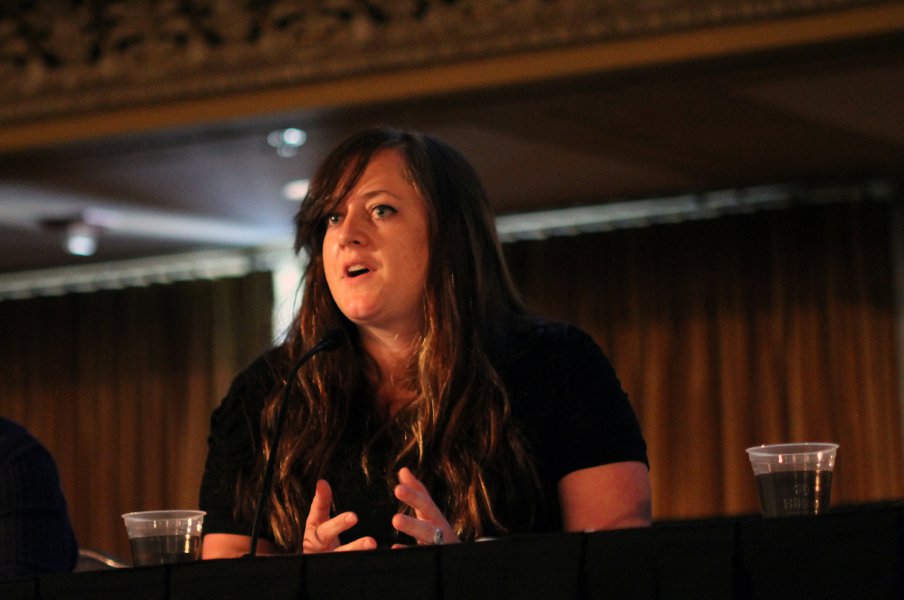Written bySarah Wild

“Ours could be the generation that discovers life beyond Earth,” says Tori Hoehler, Principal Investigator of the Center for Life Detection Science (CLDS) at NASA’s Ames Research Center. “While the question of whether humanity is alone in the Universe has been there for centuries,” Tori continues, “What is new is the opportunity to address it in a rigorously scientific way.”
This is the driving force behind NASA’s Network for Life Detection (NfoLD), which seeks to bring together researchers from microbiology to instrument development.
“For a lot of its historic endeavours, NASA could look to a fairly well-defined community, but with life detection the requisite knowledge is spread across a wider set of fields,” explains Hoehler, who is also one of the co-leads of NfoLD.
NfoLD is one of the NASA Astrobiology Program’s research coordination networks (RCNs), which are virtual collaborations that bring together researchers from different disciplines, organizations, and locations. Participation is voluntary and open to awardees funded under established programs in NASA Research Opportunities in Space and Earth Science (ROSES). NfoLD was the second such network created, building on the success of NExSS (the Nexus for Exoplanet System Science).

Tori Hoehler presenting his talk "Life in the Deep, Dark places" at the NASA Ames Research Center.Image credit: NASA Ames.
The network has three co-leads: Hoehler; Georgetown University’s Sarah Johnson who specializes in biosignatures in planetary environments and heads up the Johnson Biosignatures Lab; and Britney Schmidt of the Georgia Institute of Technology who investigates oceans across space and time. The co-leads are part of a steering committee that guides the strategic direction of the network’s activities.
Sarah Johnson is particularly excited about a project to create a set of reference samples, which will help life detection researchers calibrate their techniques and equipment.
“There is a big interest across the community to have a handful of analogue samples which are well-characterized,” she says.
Different research teams could use those reference samples to “test not only life detection techniques but also actual instruments that are about to fly into space”.
“We’re developing all this hardware to go to space, but we need to test it vigorously and test it on the same samples,” says Johnson.
A 2018 report by the National Academy of Sciences found that NASA should ramp up its life detection efforts and include astrobiology as a fundamental part of new missions. NfoLD is designed to do precisely that, and linking the applications of life detection to the latest science is at its heart.
“The network aims to actively engage in future missions,” says Johnson, “even from the beginning of the design phase, to incorporate realistic life detection goals.”
Dr. Sarah Stewart Johnson discussed the importance of getting samples back from Mars and the search for what she calls "agnostic biosignatures" as part of the NASA Astrobiology Program's Countdown to Mars series.Image credit: Mike Toillion / NASA Astrobiology.
Bringing all life detection players together will organically give rise to this collaborative thinking.
“Instrument developers will be able to see the developing science and say, ‘I can build something to measure that’,” says Hoehler. “That coordination will really help.”
The field is now growing at such a rate that one of the biggest challenges in life detection is finding out about all the research happening in the domain.
To include more diverse ideas and people, NfoLD created its affiliate membership program and now has about 150 members, spanning 13 countries.
“We wanted to make sure we have a structure that allows good ideas to bubble up from anywhere,” Hoehler says. “The needed expertise and ideas don’t simply lie in the hands of people in a specific country.”
While the network is guided by its 30-person-strong steering committee, which has a direct line to NASA headquarters, it has action groups to encourage members to bring ideas to the table. The Catalyze action group focuses on identifying new collaborations and identifying areas that would work best as interdisciplinary efforts, the Engage action group is devoted to bringing more people and research groups into the network, while the Impact action group links life detection research and technology with policy and mission developments within NASA.
NFoLD co-lead Britney Schmidt (GA Tech) discusses the search for life in the Solar System and beyond during an event at AbSciCon 2015. Click here to watch Ask an Astrobiologist with Britney Schmidt.Image credit: NASA Astrobiology.
“We really want to engage the whole community and foster collaboration wherever we can,” says Johnson. And a key way to do this is through fostering early career researchers.
NfoLD has a particular focus on early career researchers, and has set up a council —open to researchers from any country —to foster the development of the next generation of life detection scientists and technologists.
Johnson hopes the network will act as a clearing house of information for early career researchers, from where to find funds for fieldwork through to summer courses students can sign up for. “This early career program is meant to be entirely international and as inclusive as possible,” she says.
Hoehler wants the network to become a “nucleating force” in the life detection community. “NfoLD is as much of a community-building endeavour as research coordination. It’s about trying to get communities to talk to each other that haven’t worked together before,” he says.
Related Links:
Astrobiology@NASA
FAQ: What is a Research Coordination Network (RCN)?
Countdown to Mars: Dr. Sarah Stewart Johnson
Ask an Astrobiologist with Dr. Britney Schmidt
New NASA Team Tackles Next Challenges in Detecting Life Beyond Earth (NASA Ames)


